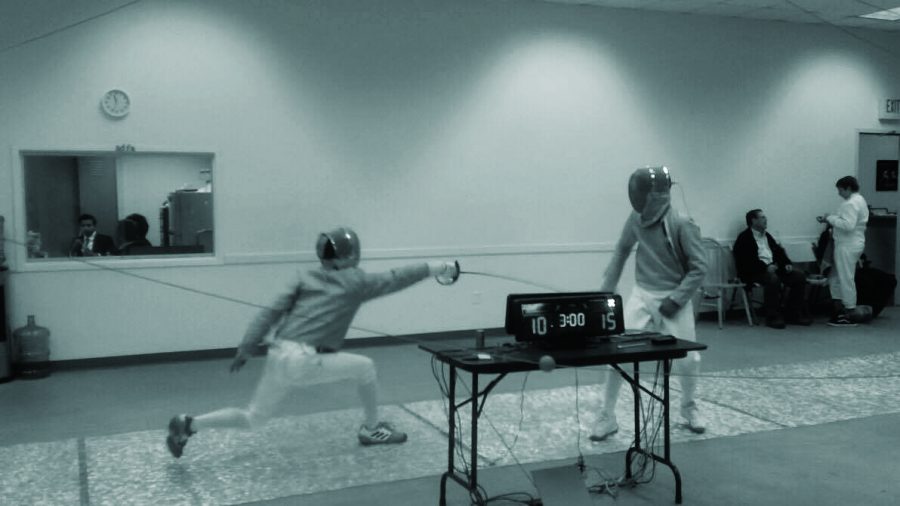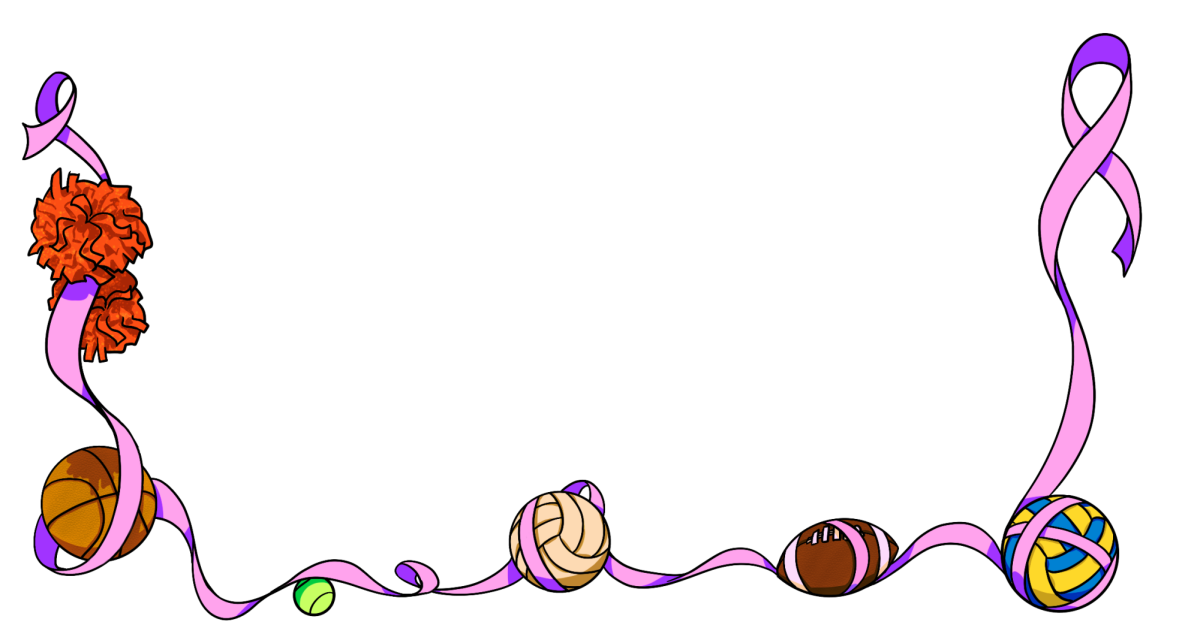Written by Jennifer Gao
Freshman Joshua Yang grips a purple-and-green hued, metallic saber blade in his hand, his knees bent and his back completely vertical. As soon as the referee puts his hands together, he lunges, grazing his opponent’s mask and scoring a touch.
Yang has been fencing since the age of 12, training in the Cardinal Fencing Club at Stanford. Yang’s writing tutor was the one who first introduced him to fencing. “She recommended that I pick up a unique sport and told me to either go into fencing or ballroom dancing,” Yang said.
As a student athlete, Yang finds it imperative to balance school and practice, as he dedicates around ten hours per week to fencing. “Fencing is a very mental sport, and you can’t go to practice burned out from the school day or stressed about homework,” he said. “You just have to set it all aside so you can put all your concentration into fencing.”
For Yang, the mental aspect of fencing is the most enticing component. “When you’re going backwards, you’re on defense, always looking for an opening in your opponent, but when you’re going forwards, you have to be careful and not allow your opponent to parry (block your blade) or counter-attack (hit someone while simultaneously going back- wards),” Yang said. “Fencing is called physical chess for a reason, and that’s one of the reasons I love fencing as a sport.”
Fencing is considered an uncommon sport, with only around 100,000 active fencers reported in the United States. is number pales in comparison to the 26 million basketball players in the country, according to the Sports and Fitness Industry Association. “Because fencing is a relatively smaller sport, the community is closely connected,” Yang said.










